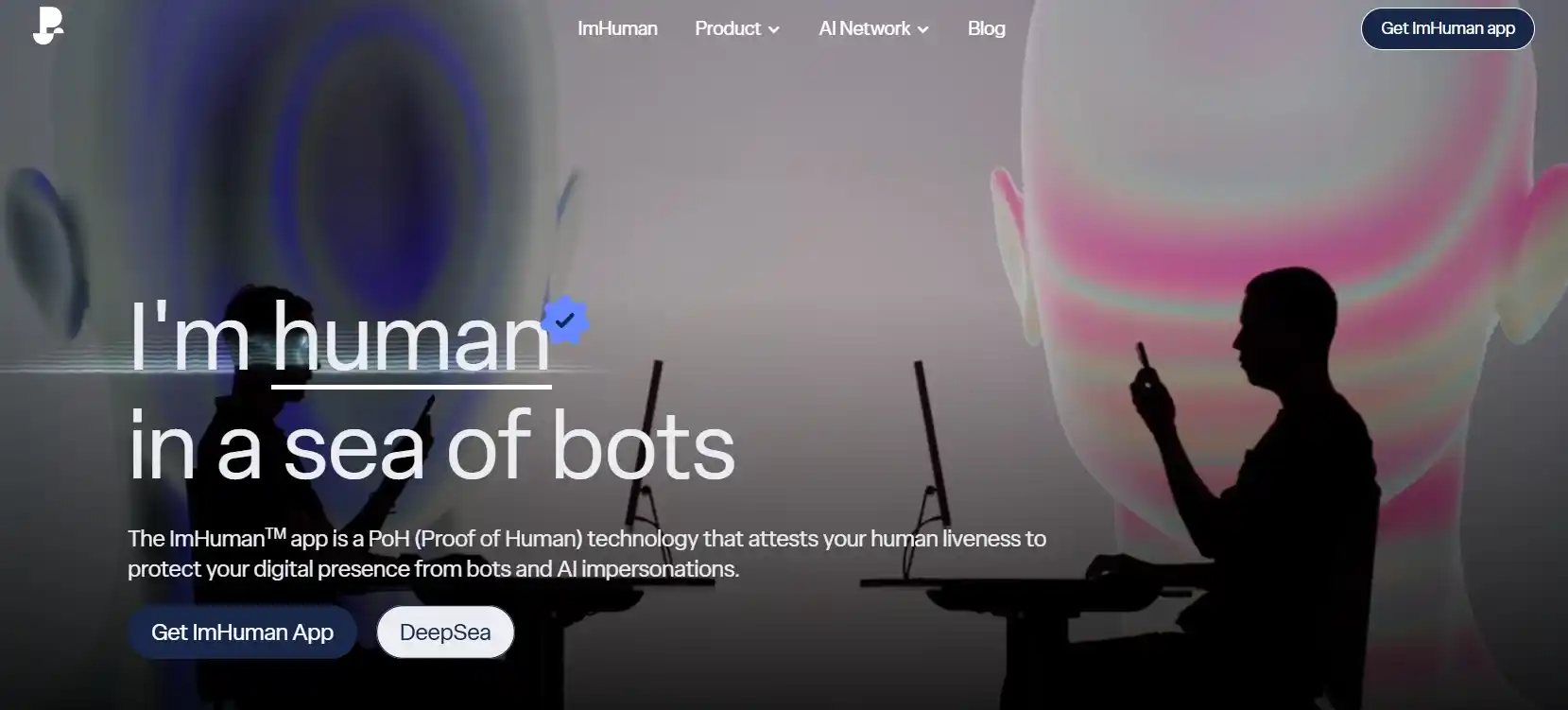The modern digital world faces a paradox: the development of artificial intelligence requires vast amounts of data, but its use directly threatens user privacy. The Privasea AI project offers an innovative solution to this problem by creating a decentralized network for machine learning based on confidential computing technology. This allows algorithms to be trained without revealing the original information, opening new horizons for secure analysis in medicine, finance, and other sensitive industries.
Contents:
- Privacy Crisis in the AI Era
- Confidential Computing Technology as a Solution
- Privasea AI Network Architecture
- Tokenomics and Project Economy
- Applications and Prospects of Privasea AI Technology
- Conclusion
Privacy Crisis in the AI Era
Modern artificial intelligence algorithms demonstrate impressive results, but their development directly depends on access to colossal volumes of information. This creates a fundamental contradiction: to improve services and create innovative products, it is necessary to analyze user data, which inevitably leads to the erosion of their personal space. Centralized platforms, acting as custodians and processors of this information, regularly become sources of leaks or objects of unethical use of data.
This problem is particularly acute in sensitive areas such as personalized medicine and financial analysis, where working with confidential materials is routine. Existing security models are often unable to provide adequate protection, as they imply storing and processing data in open form. As a result, valuable information is either not used at all, or its analysis is associated with unacceptable risks, which hinders the development of critically important technologies and research.
Confidential Computing Technology as a Solution
A radical solution to the privacy problem is confidential computing technology. Its key principle is the processing of information in isolated hardware environments called Trusted Execution Environments (TEE). These protected enclaves, implemented at the processor level (for example, Intel SGX), function as "black boxes" where data remains encrypted not only during storage but also directly during computations.
This approach fundamentally changes the security paradigm. Privasea AI uses TEE to perform machine learning operations on encrypted data, making the original information inaccessible to the algorithm operators themselves. This guarantees that neither an attacker nor a server administrator can access it, while still allowing accurate analytical results to be obtained. Thus, the technology breaks the traditional compromise between data utility and its privacy.
Privasea AI Network Architecture
The Privasea ecosystem is built on the model of a decentralized physical infrastructure (DePIN), where key functions are distributed among three types of participants. Their coordinated interaction ensures the security and efficiency of the entire platform. Each group plays a strictly defined role in the overall process of confidential computing.
- Data Owners: Users who provide their encrypted data for analysis, retaining full control over it and receiving rewards for its use.
- Compute Nodes: Participants who provide their hardware resources with TEE support for performing machine learning tasks in a protected environment.
- Compute Consumers: Companies and developers who rent network capacity to train and run their AI models without gaining access to the original information.
Interaction between these groups is coordinated through smart contracts, ensuring automation of settlements and process transparency. This architecture creates a sustainable and self-sufficient ecosystem where data confidentiality becomes a fundamental principle at every stage.
Tokenomics and Project Economy
The internal cryptocurrency PRVA serves as the fundamental element of the Privasea AI economic model, ensuring the functioning of all key platform processes. This token serves not only as a means of payment but also as a mechanism for incentivizing participants and a tool for ensuring network security. Its multi-level utility covers all aspects of interaction within the ecosystem.
| Use Case | Key Purpose |
|---|---|
| Node Rewards | Incentivizing participants providing TEE capacity |
| Staking | Enhancing network security and stability |
| Network Operations | Paying fees for using computational resources |
| Governance | Participation in decision-making regarding platform development |
Thoughtful token distribution creates a balanced economic system where the interests of all participants are aligned. This model contributes to the long-term development of the project, providing sustainable motivation for data owners, compute nodes, and resource consumers. The emission and distribution of PRVA are aimed at maintaining the stable growth of the decentralized network.
Applications and Prospects of Privasea AI Technology
Privasea AI technology opens up new possibilities for industries working with confidential data. In healthcare, it allows for the analysis of medical images and patient records without disclosing personal information. The financial sector gains a tool for secure scoring and fraud detection. Smart city sensors can transmit data for analytics without the risk of violating citizen privacy.
The further development of the project is associated with the formation of a decentralized artificial intelligence market. The platform is positioned as a key infrastructure element for Web3 applications requiring complex processing of confidential data. Growing data protection regulations and the demand for ethical AI create favorable conditions for the implementation of solutions offered by Privasea AI.
Conclusion
Privasea AI represents a fundamental breakthrough in the field of secure information processing, offering an effective solution to the key contradiction between the development of artificial intelligence and the protection of personal data. The project organically combines advanced confidential computing technologies with the advantages of distributed networks, creating a unique infrastructure for the responsible use of AI. This allows, for the first time, to conduct complex analysis of information without exposing it to the risk of disclosure.
The significance of the development goes beyond technological innovation, forming the basis for new ethical standards in working with digital materials. In the future, such solutions are capable of accelerating scientific research in sensitive industries where confidentiality was previously the main limiting factor. Privasea AI creates a fundamentally new environment in which technological development and the protection of users' personal space cease to be mutually exclusive goals.





